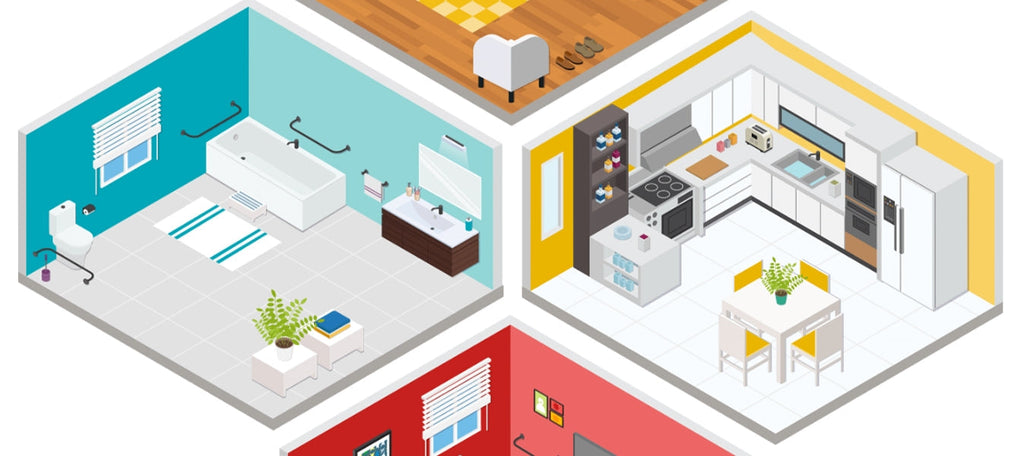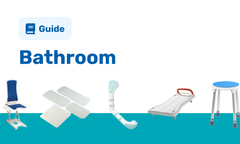Bedroom
The bedroom is the place in which we spend the most time. It is the place to relax and get comfortable for the night. Yet, some people may find that it requires additional effort to relax in their bedroom. They may find it difficult to get into bed, to undress or get out of the bed after a night’s sleep. Future bedrooms should provide assistance for all of these issues, to ensure that everyone can achieve maximum comfort in their bedroom.
Wardrobes
Doors that open to the sound of your voice? Furniture in the future will above all be designed for convenience, as well as comfort and aesthetic. Not unlike the mirror described in our bathroom of the future, expect your future wardrobe to be interactive with a smart interface. Code Computerlove has developed an intelligent interactive surface to superimpose images of your clothes onto a life-size video of your body. You will be able to scroll through a variety of outfits with a simple gesture. This will save time going in and out of the wardrobe. The wardrobe will also be able to pull in external information like the weather forecast and your diary.
Bed
With climbing populations, room space may become increasingly smaller, so foldaway furniture will become more of a trend. The next generation of beds may fold away into the walls or even ceiling at the touch of a button. Future sheets and pillows will be embedded with sensors to gauge body temperature, heart rate and other vital signs, tracking our sleep and calculating wake-up times. Looking further, imagine if your covers could monitor your temperature and automatically use heating and cooling systems to keep you comfortable (no more fiddling with the thermostat or opening/closing windows in the middle of the night).
Sleep Monitoring
Do you ever get frustrated when trying to balance your body temperature in bed, with one leg sticking out of the duvet and the other one under it? Beds of the future may be able to monitor the temperature in the room and control the air conditioning, to try and create the perfect temperature for you. It could also be possible to change the temperature of the duvet or pillow, meaning you can always have the cold side if you want. Furthermore, beds could even keep a track on your heart rate and other vital signs, so that if anything goes awry during the night, you or your sleeping partner will know about it straight away.
Bedroom Supports
People can experience difficulties such as getting in and out of bed, turning over, sitting up and generally getting comfortable in bed. Getting in and out of the bed can be a difficulty for a lot of people, so much so that many people are forced to sleep in a recliner for years – bad for a person’s back and bedsore risk increases due to not changing position. For people who have difficulty getting into and/or out of bed there is a range of equipment that can be of assistance. For example, grab handles, lifting poles, leg lifters, hoists and transfer boards. Bedroom items like these will alway be needed, even in bedrooms of the future as the support will be specific to the person and the nature of any mobility issue.












Comments